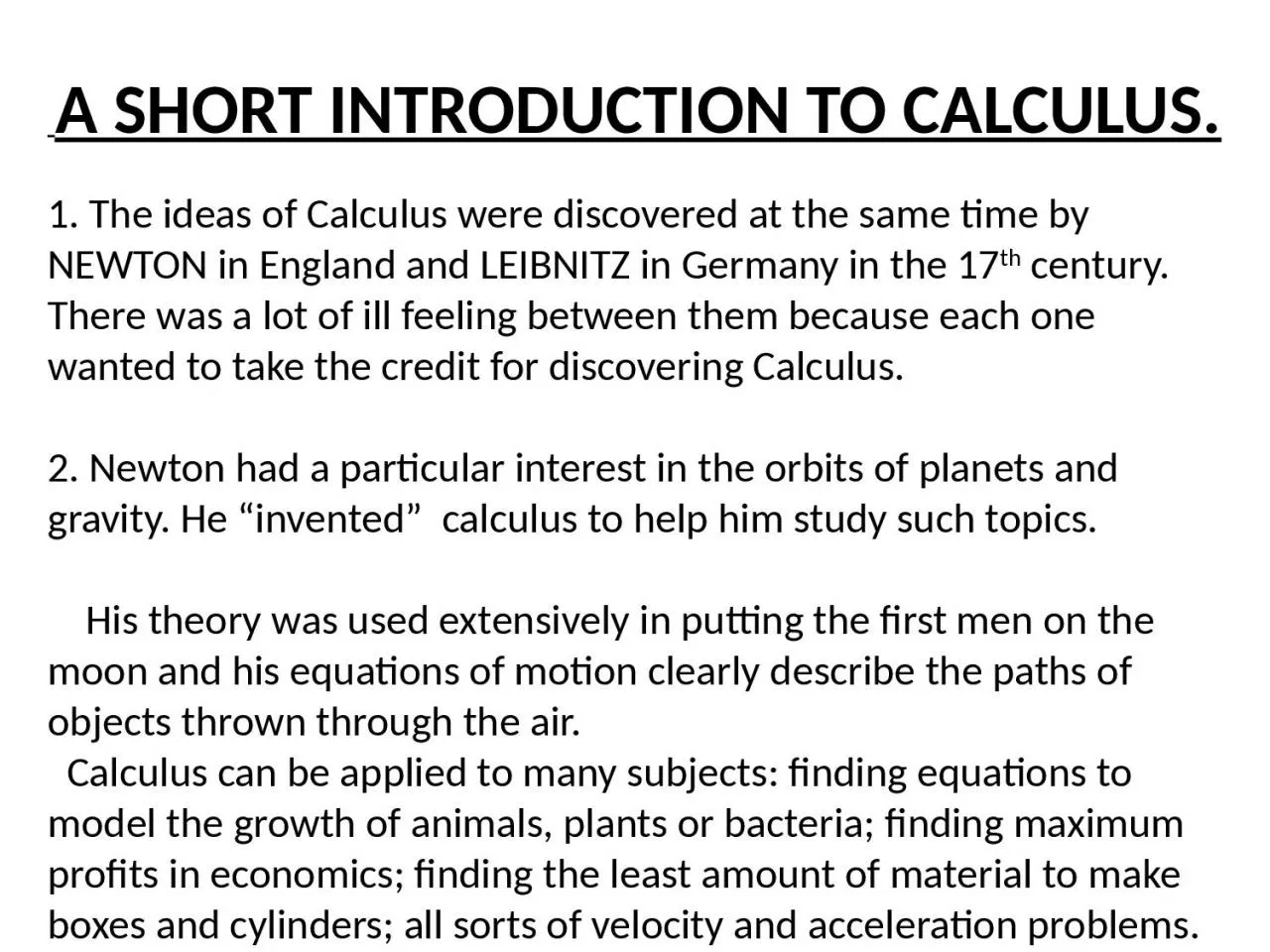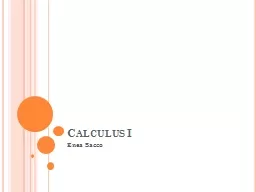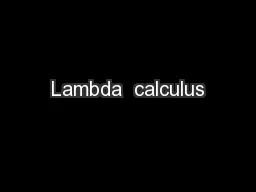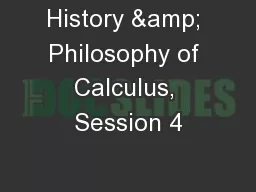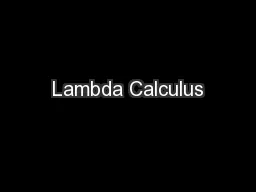PPT-A SHORT INTRODUCTION TO CALCULUS.
Author : garcia | Published Date : 2023-10-27
1 The ideas of Calculus were discovered at the same time by NEWTON in England and LEIBNITZ in Germany in the 17 th century There was a lot of ill feeling between
Presentation Embed Code
Download Presentation
Download Presentation The PPT/PDF document "A SHORT INTRODUCTION TO CALCULUS." is the property of its rightful owner. Permission is granted to download and print the materials on this website for personal, non-commercial use only, and to display it on your personal computer provided you do not modify the materials and that you retain all copyright notices contained in the materials. By downloading content from our website, you accept the terms of this agreement.
A SHORT INTRODUCTION TO CALCULUS.: Transcript
Download Rules Of Document
"A SHORT INTRODUCTION TO CALCULUS."The content belongs to its owner. You may download and print it for personal use, without modification, and keep all copyright notices. By downloading, you agree to these terms.
Related Documents

